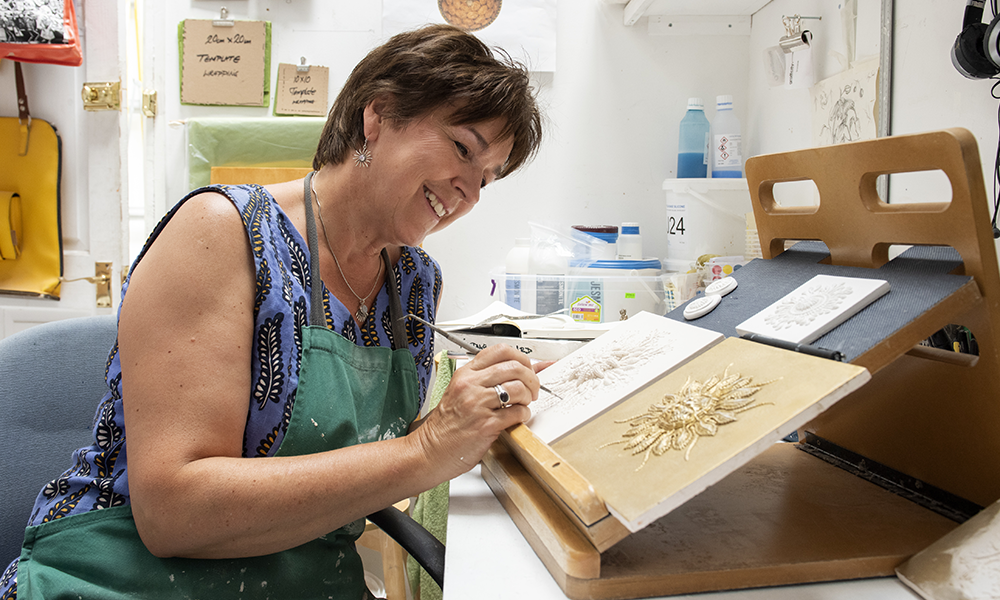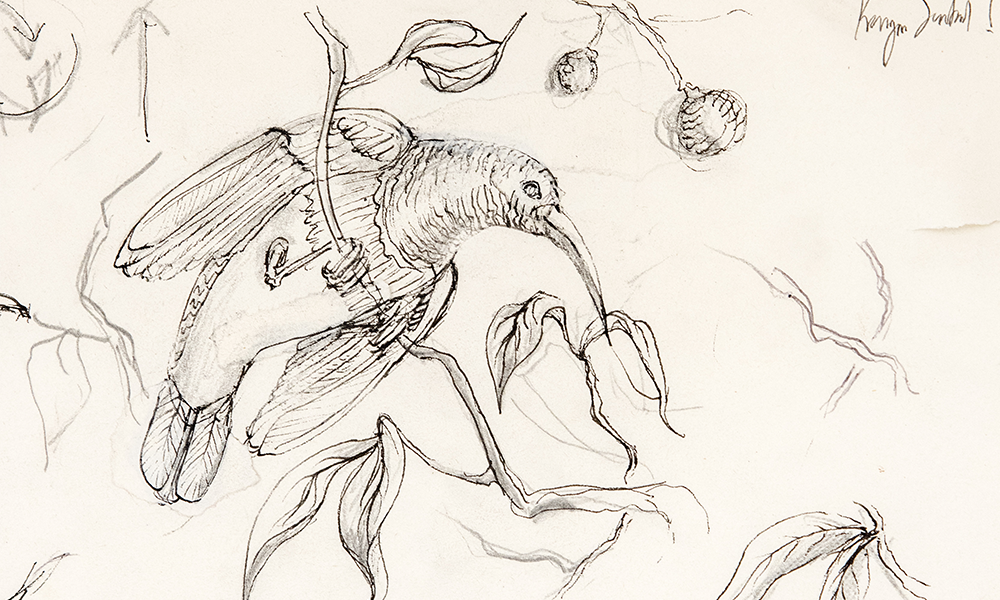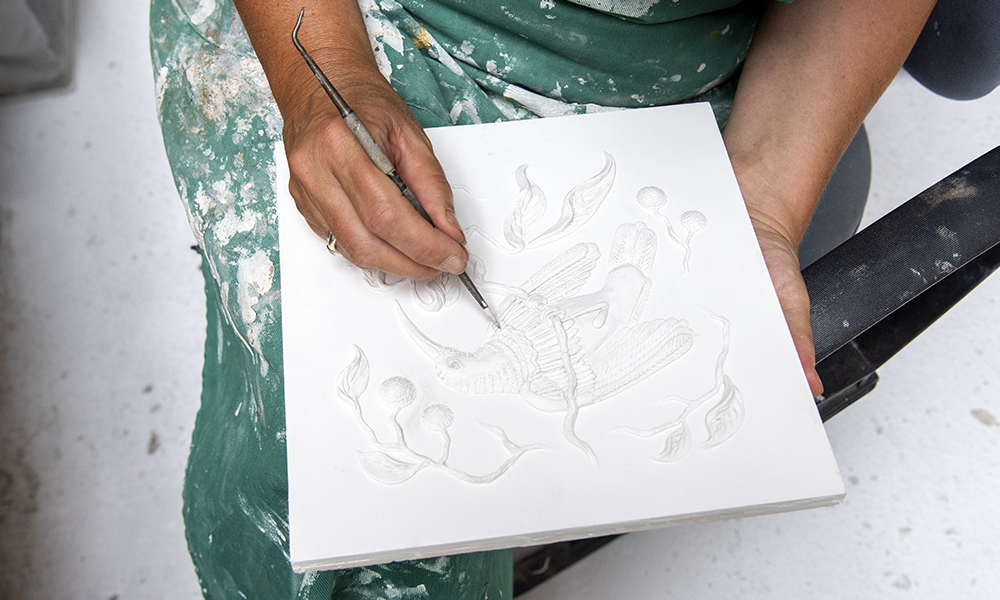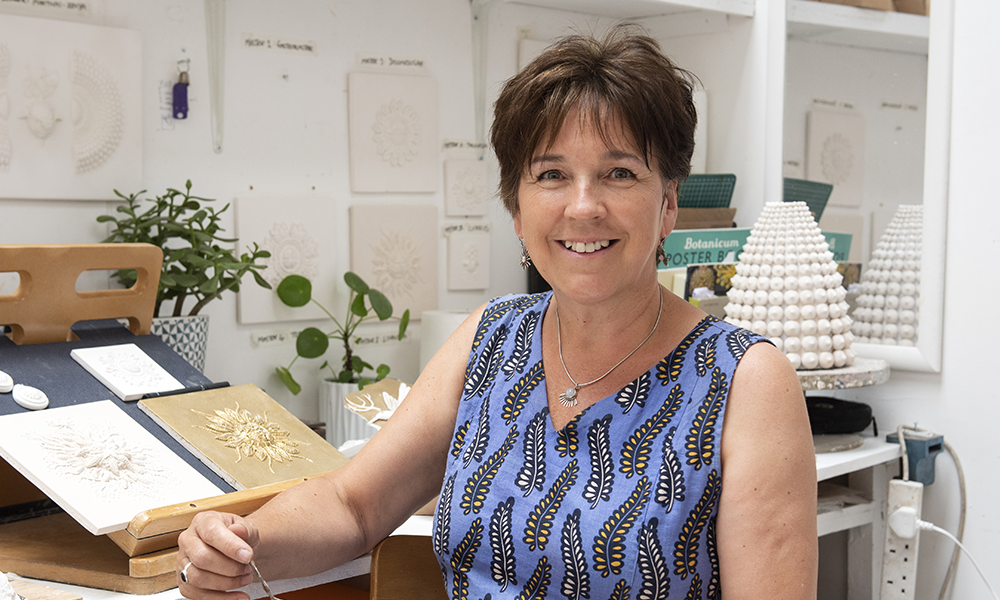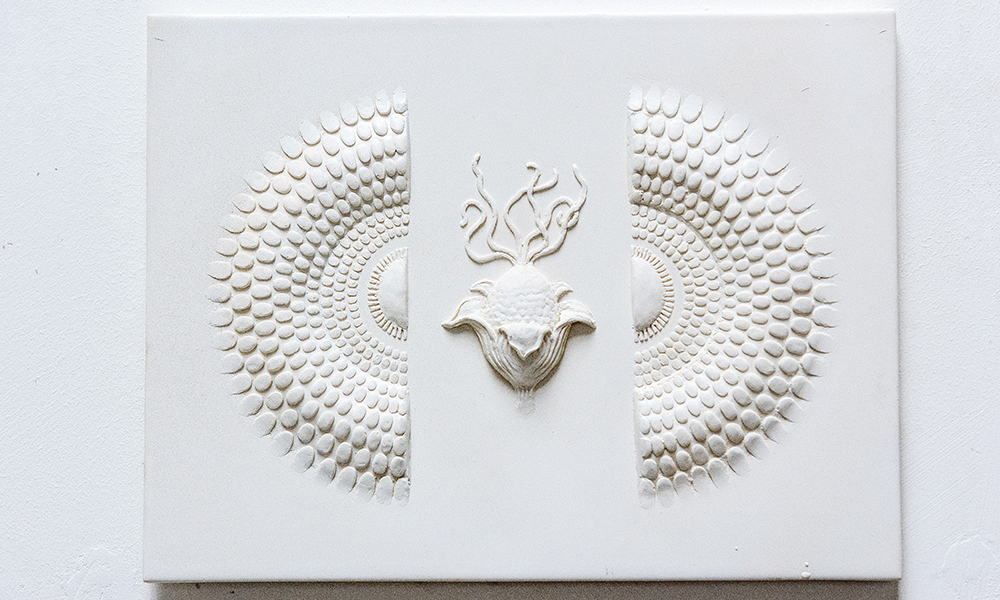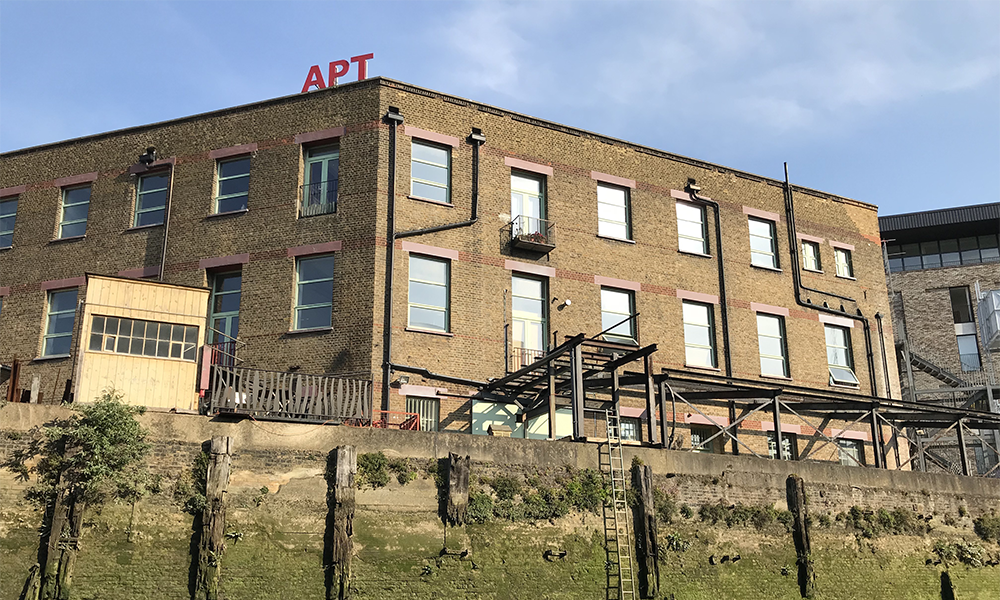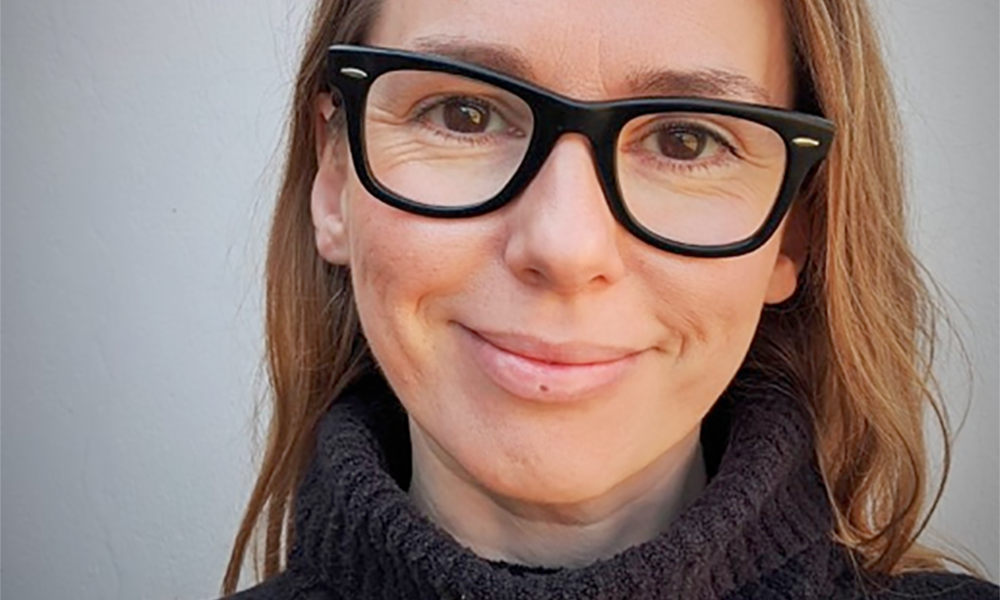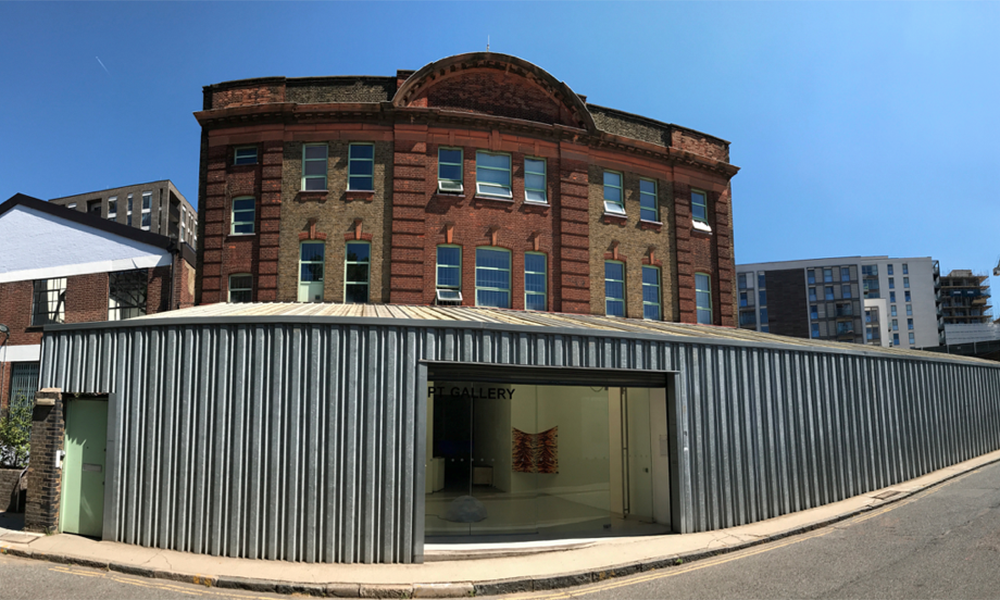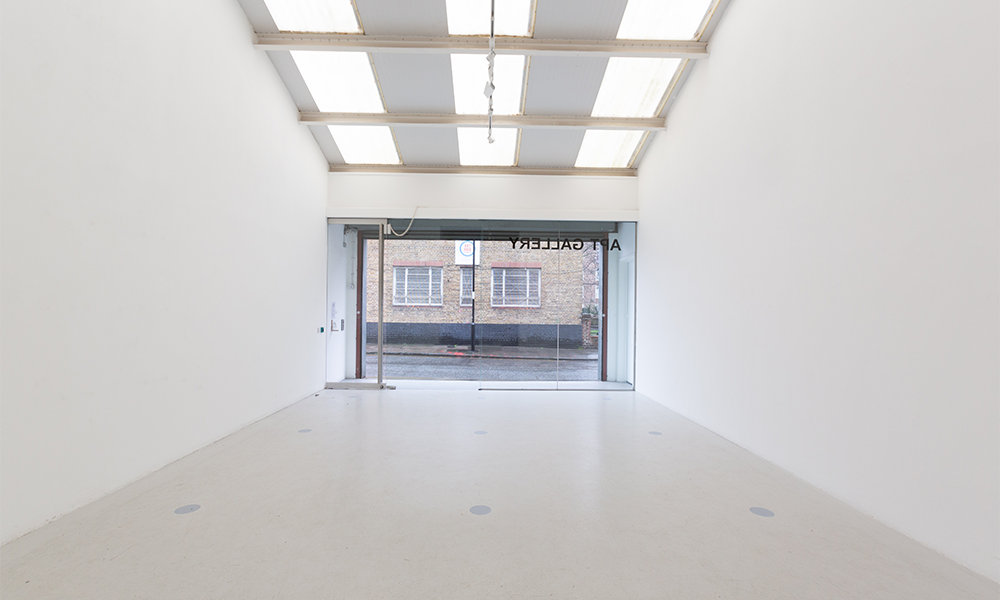The makers and artists hub will open its doors at the end of November to showcase their work

Subscribe to our free Wharf Whispers newsletter here
Cockpit Arts in Deptford is set to throw open its doors this winter, to showcase the work of its makers.
Its 2024 Open Studios event offers visitors the chance to meet resident creatives, hear the stories behind the objects they have made and perhaps to do some shopping.
This year, Cockpit Arts will extend its opening hours, with sessions running from 4pm-8pm on November 29 and from noon-6pm on November 30 and December 1.
Visitors will be able to explore the studios where Cockpit – the UK’s only incubator for craft businesses – nurtures makers at the early stages of their careers.
It has more than 175 residents spread over sites in Deptford and Bloomsbury, working in disciplines from fine jewellery and ceramics to woodworking, fashion, textiles and even antiques restoration.
I sat down with Ashley Gerling, Cockpit’s head of marketing and digital, to find out more:
what’s the history of Open Studios?
It’s been running for nearly 15 years, providing collectors and lovers of fine art and crafts the opportunity to visit makers in the studios where they create their incredible work.
what’s new this year?
We’ll be welcoming back several Cockpit alumni who will be exhibiting and selling their work.
We’re also planning a cross-site exhibition of some of our makers’ most exciting new work and are offering half-price admission for local residents.

what can visitors expect to see?
An authentic look behind the scenes of a working makers’ studio – seeing the spaces where craftspeople work.
They’ll be able to discover pieces in progress and, in Deptford, visit our shared leather, weaving and woodworking hubs where makers have access to specialist equipment and the chance to work at scale and collaborate on new projects.
Open Studios is also a shopping destination, where you can buy pieces direct from makers while learning the stories behind each one.
why is the event important?
Open Studios is important as it not only provides our makers with a chance to connect with collectors, curators, buyers, students, other craftspeople and the public – it’s also a chance for Cockpit to share its work.
Cockpit is the only remaining specialist craft studios in London.
Despite having helped launch the careers of some of the biggest names in contemporary craft, it remains a hidden gem.

are there any new makers?
Ten new makers have joined Cockpit since our last Open Studios, including leatherworkers, weavers, textile designers, basket makers, jewellers and a sculptor specialising in mould making and casting.
who’s your longest-standing maker?
Sally Lees, a jewellery designer and enameller has had a studio at Cockpit for more than 20 years.
Several of our Bloomsbury makers are coming up on their 30-year anniversaries.
which makers are creating a buzz?
Wood sculptor Eleanor Lakelin – a Loewe Craft Prize finalist, whose studio is at Cockpit Arts in Deptford – opened her first solo exhibition in London this summer and was commissioned by The Fine Art Society to create a series of vessels for its Extinction Collection using 875,000 year old wood found at Happisburgh beach.
One of sustainable fashion designer Phoebe English’s dresses was acquired by The Metropolitan Museum Of Art’s Costume Institute this year.
In other news, she recently showed her latest collection, entitled Cloud Cover, at London Fashion Week.

key details: Cockpit Arts Open Studios
Open Studios is set to run at Cockpit Deptford on November 29 from 4pm-8m and on November 30 and December 1 from noon-6pm.
A three-day pass for the event costs £25. General admission is £10, while visitors can get on the Friday for £5. Children, 16 and under, go free.
Find out more about the event here

Cockpit Arts Deptford: a regenerated facility
Cockpit Arts Deptford has undergone a £3.42million project this year to revitalise the former 1960s council office next to a railway viaduct on Creekside.
It came about after the site was under threat in 2015 from a mixed-use development plan.
Cockpit commissioned Cooke Fawcett to unlock the potential of the premises and the project won the support of Lewisham Council and the Mayor Of London’s Good Growth Fund.
Completed in June, it includes London’s first Craft Garden, a new public entrance and a café.
The garden was designed by Sebastian Cox and features furniture from his first outdoor dining range embedded into a textured landscape intended to emulate Deptford Creekside’s environment.
Plants have been selected for their use in craft processes, including willow, used in basketry, and madder, used in natural dyes.
The new entrance includes artwork Head, Heart, Hand created by Cockpit-based artist and designer Amber Khokhar, in collaboration with the local community.
It celebrates stories and characters from the local area across 1,300 hand-glazed tiles featuring nearly 100 hand-drawn illustrations as well as a series of tiles showcasing more than 40 locally spoken languages.
Read more: A Kiss For Cinderella set to be The Space’s festive production
Read Wharf Life’s e-edition here
Subscribe to our free Wharf Whispers newsletter here
- Jon Massey is co-founder and editorial director of Wharf Life and writes about a wide range of subjects in Canary Wharf, Docklands and east London - contact via jon.massey@wharf-life.com




